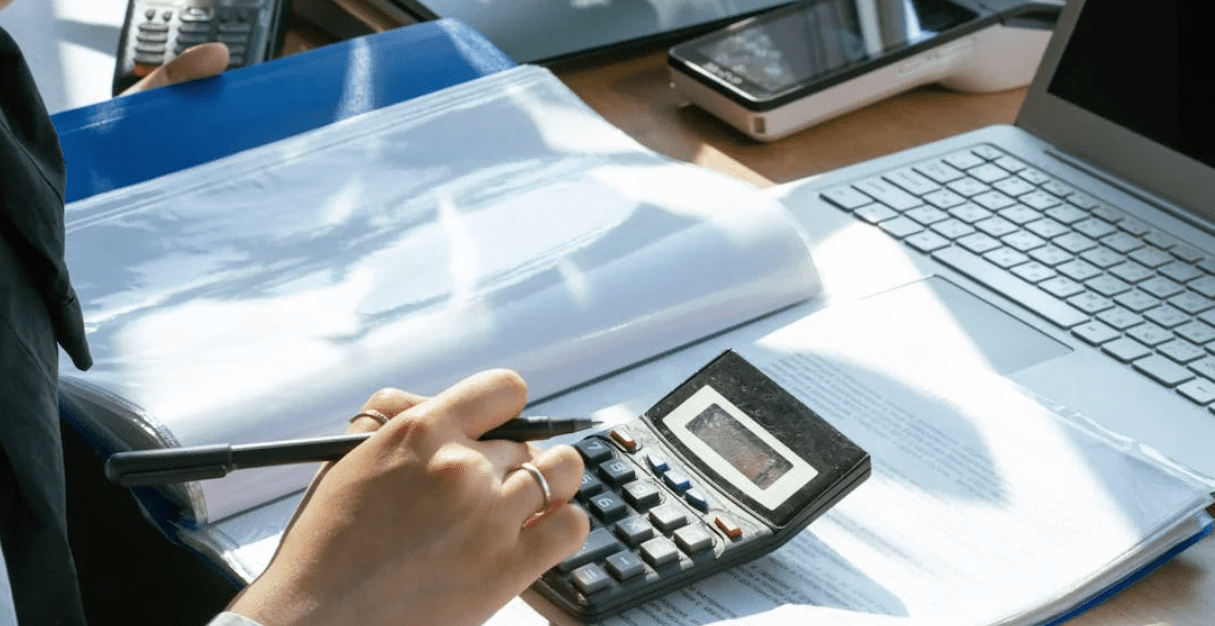Top Benefits of Using a Lease Ledger in Property Management
Top Benefits of Using a Lease Ledger in Property Management
Blog Article
Mastering the Lease Ledger: A Landlord’s Essential Tool
Monitoring tenant payments is one of the very important aspects of house management. Whether you're managing a handful of properties or a comprehensive collection, maintaining an exact tenant payment lease ledger guarantees financial openness and simplifies cost tracking. But managing tenant payments efficiently requires a well-structured approach. Here's a brief information to setting it up right.

The Significance of a Lease Ledger
A lease ledger is essentially a financial record that songs lease payments, security deposits, late costs, and other tenant transactions. It acts as a main database for several monetary interactions between landlords and tenants. Without an adequately handled ledger, property managers chance miscalculating revenue, overlooking missed obligations, or creating disputes with renters. An structured lease ledger helps remove these risks while sustaining professionalism.
Strategies for Effortlessly Checking Tenant Payments
1. Employ Technology for Reliability
Manual record-keeping may work for an individual home, but as the number of models grows, it becomes impractical. Leveraging digital instruments or simple spreadsheet templates may significantly improve accuracy. These tools usually allow you to automate recurring rent obligations, create pointers for overdue balances, and make reports instantly.
2. Create a Consistent Design
A lease ledger must follow a definite and regular format. At least, your ledger should include:
• Tenant names
• Due times
• Quantities compensated
• Exceptional amounts
• Notes for any additional prices (e.g., maintenance charges or late charges)
Standardizing these details guarantees every report is standard and easy to interpret.
3. Check Cost Status Regularly
Examining your lease ledger frequently ensures you stay along with late obligations and may tackle possible problems early. Put aside time monthly to reconcile obligations obtained against what's recorded in your ledger. This training also assists in identifying developments, such as consistently late-paying tenants.
4. Speak with Tenants Obviously
Correct files suggest small if tenants aren't informed of these cost obligations. Deliver pointers for impending rent due appointments or update them on any remarkable balances. Clear communication diminishes misunderstandings and encourages timely payments.
5. Record Every thing
Every cost produced, whether partial or whole, must be documented promptly in the ledger. Checking every deal ensures both sides have a research stage in the event of disputes. Even little details, such as for instance waived late fees or altered funds, must certanly be joined to the record.

Final Feelings
An successful lease ledger not only simplifies tenant cost administration but in addition gives satisfaction for landlords and property managers. By integrating obvious structures, leveraging digital resources, and sustaining correct documents, you can establish a seamless process that decreases mistakes and forms better tenant relationships. Start handling your funds greater nowadays and collection the inspiration for long-term financial stability! Report this page